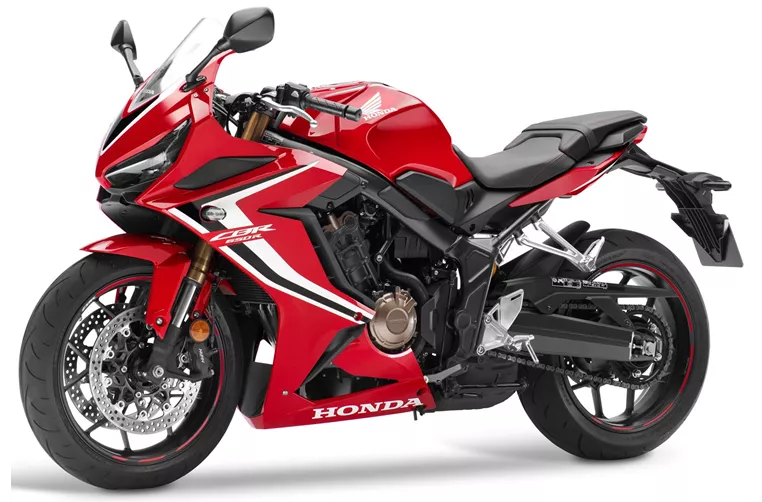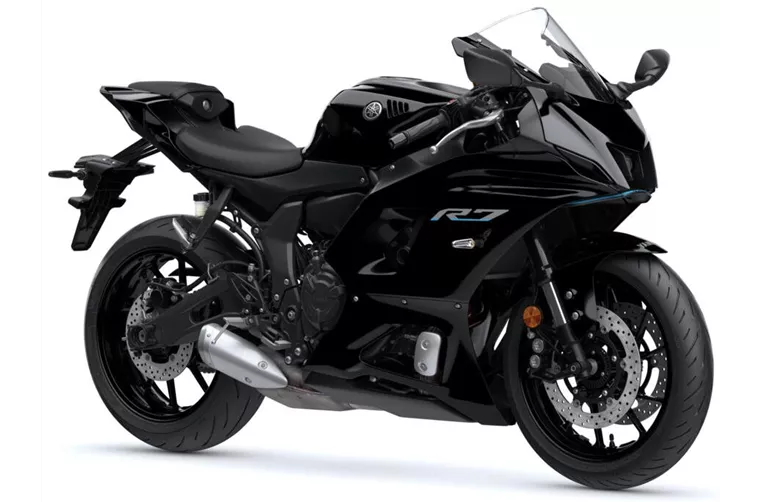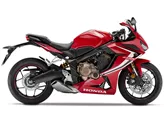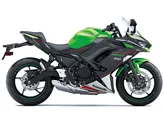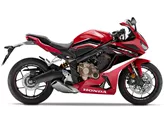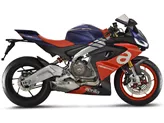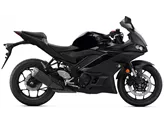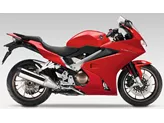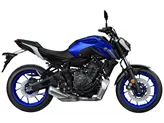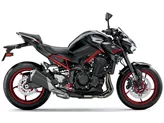Honda CBR650R 2019 vs. Yamaha R7 2021

Honda CBR650R 2019
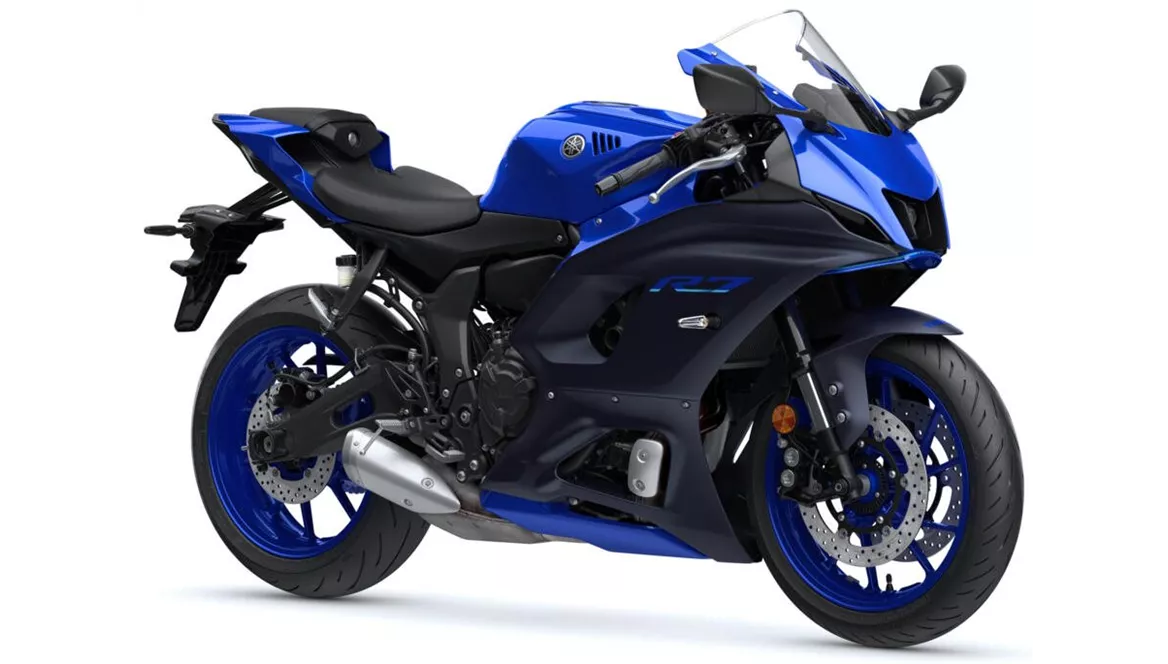
Yamaha R7 2021
Overview - Honda CBR650R 2019 vs Yamaha R7 2021
The Honda CBR650R 2019 and the Yamaha R7 2021 are both supersport motorcycles that offer exciting performance and sporty riding experiences. While they share some similarities in terms of engine type, suspension, and braking systems, there are also notable differences between the two models.
Starting with the engine specifications, the Honda CBR650R 2019 is equipped with a four-cylinder, in-line engine with a displacement of 649cc. It produces a power output of 95 HP and a torque of 64 Nm. On the other hand, the Yamaha R7 2021 features a two-cylinder, in-line engine with a displacement of 689cc. It generates a slightly lower power output of 73.4 HP but offers a higher torque of 67 Nm. Both bikes have a DOHC valve configuration with four valves per cylinder.
In terms of design and chassis, both motorcycles feature a steel frame and a swing arm suspension system. They also have upside-down telescopic forks at the front and a monoshock absorber at the rear. However, there are slight differences in the rake angle, with the Honda CBR650R having a rake of 64.5 degrees compared to the Yamaha R7's 66.3 degrees.
When it comes to braking systems, both bikes are equipped with double disk brakes at the front. However, the Honda CBR650R utilizes wave technology for its front brakes, while the Yamaha R7 employs radial technology. This difference in braking technology may result in variations in braking performance and feel.

Honda CBR650R 2019
In terms of dimensions and weights, the Honda CBR650R has a wheelbase of 1450mm and a kerb weight of 208kg (with ABS). It has a front tire width of 120mm and a rear tire width of 180mm, both with a diameter of 17 inches. On the other hand, the Yamaha R7 has a slightly shorter wheelbase of 1395mm and a lower kerb weight of 188kg (with ABS). It also has the same tire dimensions as the CBR650R.
Both motorcycles come with advanced rider assistance systems in the form of ABS, ensuring enhanced safety during rides. Additionally, the Honda CBR650R is A2 suitable, meaning it can be ridden by riders with an A2 motorcycle license.
In terms of strengths, the Honda CBR650R is praised for its very elastic four-cylinder engine, providing a smooth and responsive power delivery. It also offers sufficient comfort for longer tours and features good wind protection. The bike's aesthetics are also highly regarded, with its sleek and sporty design. Furthermore, the CBR650R is considered easy to operate and suitable for A2 license holders.
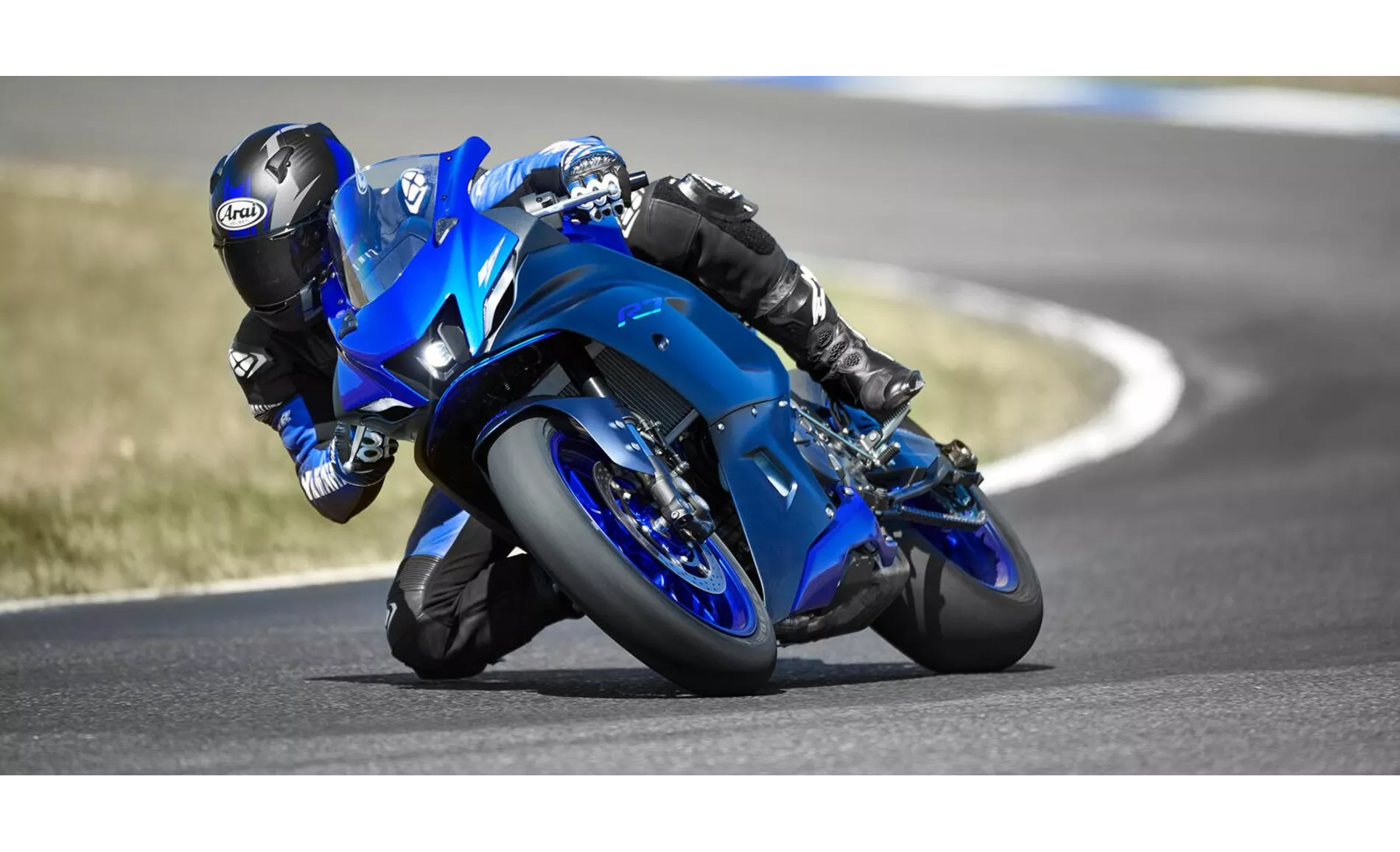
Yamaha R7 2021
On the other hand, the Yamaha R7 is commended for its high-torque CP2 engine, which delivers strong acceleration and performance. It offers a sporty riding position, ideal for riders seeking an aggressive and dynamic riding experience. The suspension setup of the R7 is also highly regarded, providing a balance between comfort and sportiness. The bike comes with standard tires that are suitable for entry-level trackday use.
In terms of weaknesses, the Honda CBR650R is criticized for producing a droning sound below 4,500 rpm, which may be undesirable for some riders. The suspension could also be improved to offer a slightly sportier feel. Additionally, some riders have expressed concerns about the rear brake performance of the CBR650R.
The Yamaha R7, on the other hand, is noted to lack a quickshifter as standard, which could have been a desirable feature for some riders.
In conclusion, both the Honda CBR650R 2019 and the Yamaha R7 2021 offer exciting and sporty riding experiences. While the Honda CBR650R boasts a more powerful engine and a larger fuel tank capacity, the Yamaha R7 offers a high-torque engine and a slightly lighter weight. Ultimately, the choice between the two models will depend on the rider's preferences and priorities, whether it be power, comfort, or trackday performance.
Technical Specifications Honda CBR650R 2019 compared to Yamaha R7 2021
Pros and Cons in comparison
Pros and Cons in comparison
Honda CBR650R 2019
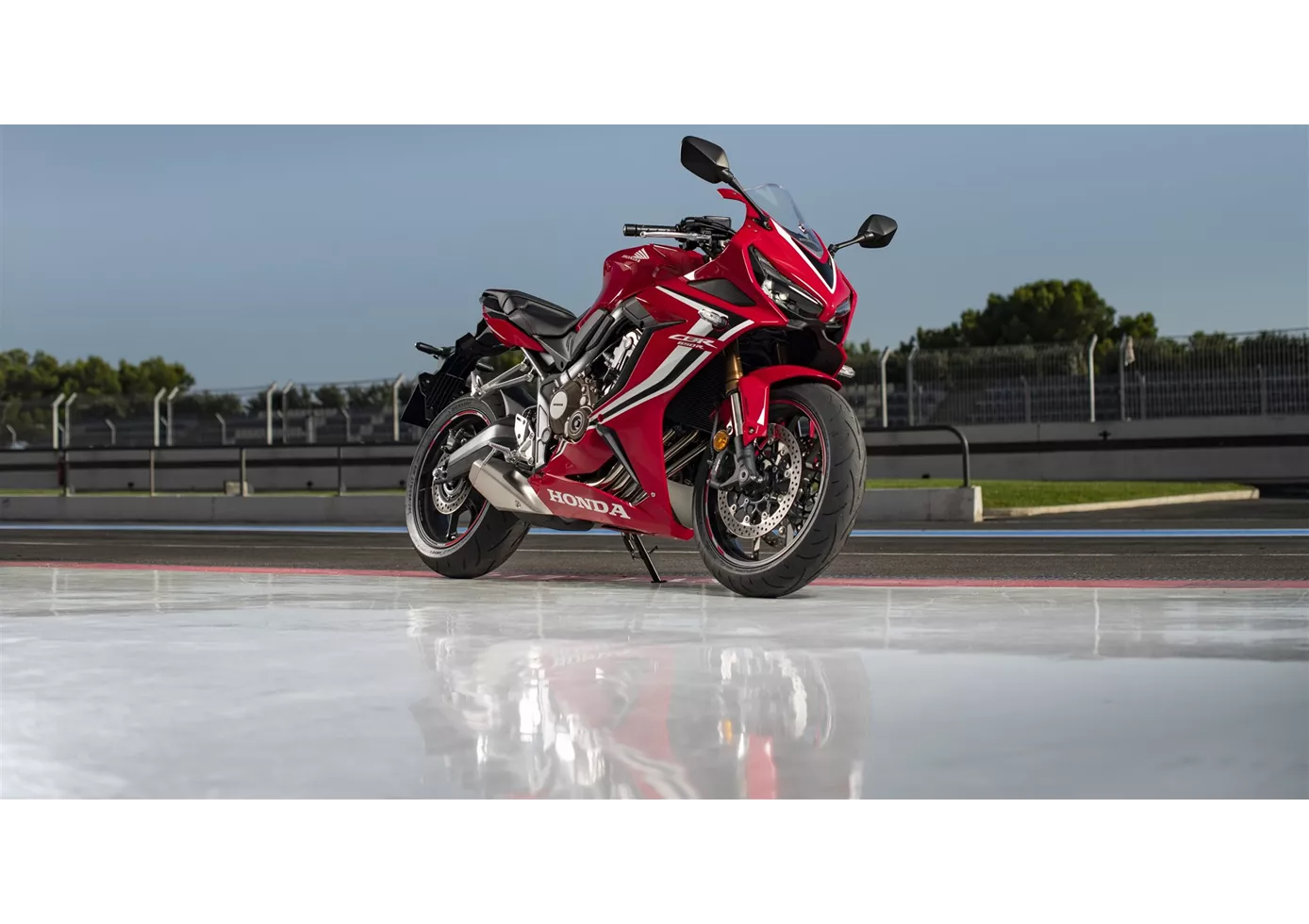
La nouvelle CBR650R prend l'esprit que nous connaissons des motos de tourisme sportif classiques à quatre cylindres et l'amène à notre époque. Grâce au bon réglage du moteur, il ne faut pas craindre de se faire distancer par ses amis bicylindres, d'autant plus que l'on est récompensé par un son magnifique sur toute la plage de régime. Malheureusement, il peut aussi y avoir trop de son, comme l'a prouvé le vrombissement en dessous de 4.500 tr/min. Du côté du châssis et de la position de conduite, un compromis a été trouvé qui permet à la CBR650R de supporter aussi bien le quotidien que les longs trajets et les chasses sur circuit à domicile.
Yamaha R7 2021

Malgré la combinaison plutôt particulière d'un moteur raisonnable de 73,4 CV de classe moyenne et d'un look sportif extrêmement agressif, la R7 n'est en aucun cas un mouton déguisé en loup. Les performances de conduite, qui se situent quelque part entre la R3 et la R6, se sont révélées en pratique bien plus puissantes que ne le laissaient supposer les valeurs pures sur le papier, et en termes de géométrie, de châssis, de freins et de pneus, les ingénieurs de Yamaha ont vraiment fait leurs devoirs. De plus, la Yamaha R7 possède toutes les qualités pour s'amuser sans trop d'investissement sur une piste de course compacte comme le Pannoniaring. Mais elle se sent bien sûr plus à l'aise sur la route, et c'est là qu'elle doit être à notre avis. Le prix d'achat est plus que correct compte tenu de l'ensemble du package - ce qui permet de pardonner le fait que le Quickshifter n'est pas embarqué d'origine et doit être acheté en option.
Price Comparison Avarage Market Price Honda CBR650R vs Yamaha R7
There are a few key differences between a Honda CBR650R 2019 and a Yamaha R7 2021. It takes less time to sell a Honda CBR650R with 45 days compared to 161 days for a Yamaha R7. Since model year 2019 1000PS.de editors have written 14 reviews for the Honda CBR650R and 9 reviews for the Yamaha R7 since model year 2021. The first review for the Honda CBR650R was published on 10/8/2018 and now has more than 53,700 views. This compares to more than 92,800 views for the first review on Yamaha R7 published on 5/18/2021.
